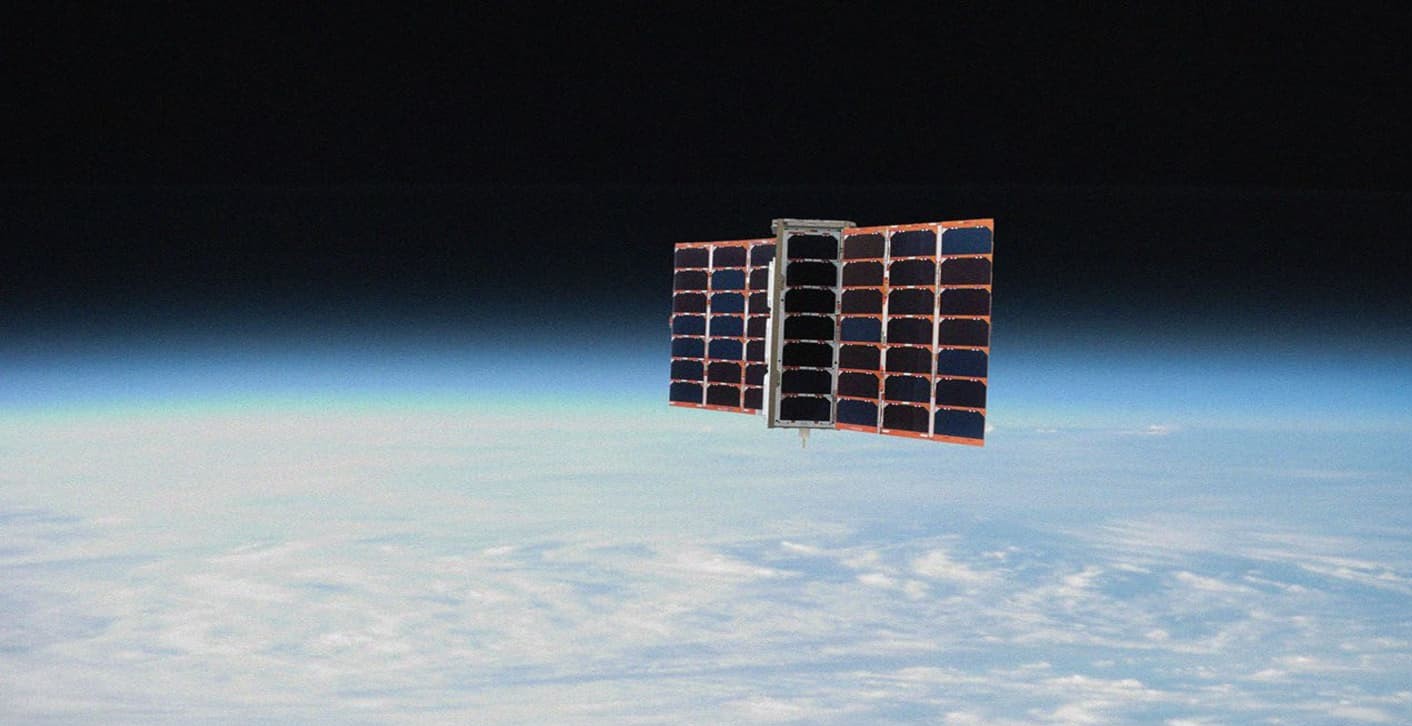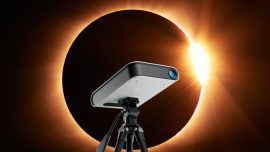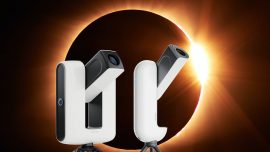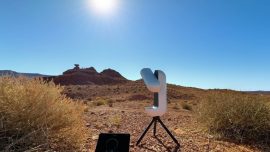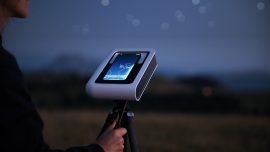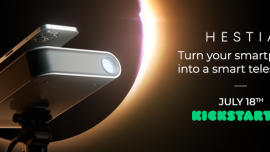In space, sometimes looking down is the best way to look up. This is especially true of the interactive space weather environment, as our planet interacts with our often tempestuous host star. Our global modern technological society is increasingly vulnerable to space weather activity, and this is even more so as we head into active solar cycle #25.
Enter Spire
One effort to model and understand what’s happening worldwide is thanks to Spire Global Inc. And their constellation of Lemur satellites. Located in Sun-synchronous low Earth orbit, the first batch of Lemur satellite was launched on a Russian Dnepr rocket in 2014. Now boasting 110 satellites in LEO, Spire’s constellation is second in number only to SpaceX’s Starlink constellation.
How SPIRE works: Spire’s dataset is touted as ‘space-to-cloud’ offering a rich resource of weather patterns for maritime, aviation and other assets. Crucially when it comes to space weather, Spire can even model the upper ionosphere by means of over the horizon radio occultations. Often, turbulence (known as scintillation) can offset or knock out GPS capability entirely, especially during times of high solar activity.
And what’s more Spire Analytics is open to users. The National Oceanic and Atmospheric Administration recently awarded a contract to Spiral Global to provide daily radio occultation data in an effort to improve the accuracy of global weather forecasts worldwide. This is the largest purchase of commercial weather data by the NOAA to date.
This cloud computing weather capability will be key, as the current solar cycle number 25 gets underway in earnest. Our Sun goes through an 11-year cycle of sunspot activity (flipping its magnetic polarity in what’s known as the 22-year Hale Cycle). We had a breather with the last lackluster cycle 24. If early 2021 and recent sunspot activity is any indication, however, Solar Cycle 25 may be a powerful one as it heads towards its peak in 2025. Already this week, multiple large sunspot groups can be seen currently turned Earthward, the most in years.
Space Weather and the next ‘bad day’: A battery of space weather satellites and observatories worldwide monitor the Sun around the clock, but knowing what’s going on in the upper ionosphere is also crucial. An Earthward coronal mass ejection in the X-flare category can blind satellites, and force the crew on the International Space Station to shelter in the dense core of the ISS. On Earth, a massive solar storm can push aurora away from the poles, and wreak havoc with communications and transmission lines. The Great Solar Storm of 1859 set telegraph offices afire, and sparked aurorae seen as far south as the Caribbean. It goes without saying that today, a similar storm would be a very bad day for our technology dependent society.
Monitoring the space weather environment is crucial, and Spire’s innovative constellation of nano-satellites fills in a crucial gap in our holistic understanding of the local space weather environment.

